According to the UN report of 2022 for Sustainable Development, 828 million people may have suffered hunger in 2021. The report says that the COVID pandemic has caused crippling food shortages in many parts of the world.
Global Hunger Index (GHI) is a contrivance which was devised to extensively study and monitor hunger at regional, national and global scales. GHI values are established upon four component indicators which are ‘Undernourishment’, ‘Child Stunting’, ‘Child Wasting’, and ‘Child Mortality’ respectively and not just based upon a person eating food.
The GHI score is calculated on a 100-point scale deliberating the severity of hunger on a regional, national or global level, where zero is the best score (no hunger) and 100 is the worst.
According to the Global Hunger Index report which was released on the 15th of October, India ranked 107 out of 121 countries, faring below almost all its South Asian neighbours — Nepal, Bangladesh, Sri Lanka and Pakistan. The Hindu reported that within all of the four components, which factors in the GHI as mentioned before, India had shown a drastic drop at two of the four levels.
Along with the total score of 29.1, The GHO authors reported that India’s child wasting rate was at 19% which was worse than the level reported in 2014, “Close to 20 percent of children in the country below the age of five suffer from the most visible and life-threatening form of malnutrition — wasting, or “low weight-for-height”.
About 35 percent of such children are not as tall as they should be. Prevalence of undernourishment, which is a measure of the proportion of the population facing chronic deficiency of dietary energy intake, has also risen in the country from 14.6% in 2018-2020 to 16.3% in 2019-2021. This translates into 224.3 million people in India considered undernourished out of the total 828 million people undernourished globally” (The Hindu, 2022).
The report however stated improvements within two indicators of the four components which comprised the GHI: India’s child stunting had declined from 39.7% to 35.5 %, mapped between 2014 to 2022, as well as the child mortality rate had also dropped from 4.6% to 3.3% also within the same period.
GOI’s Perspective
The Government of India (GOI) rejected the report and asserted that the methodology was ‘Biased, erroneous’. It said that the report outlines hunger not by one number but as a culmination of many contributing factors. GOI remarked that the sample size was not big enough to survey the whole population. They also postulated that the report focused only upon children and not the entire population and claimed that the report was a blatant and consistent effort at tainting the image of the country and the government. Also an observation made by GOI was that the assistance given by the government had not been taken into consideration while assembling the report.
The main arguments of the government entailed the list of aids and programs which had specifically been provided to the citizens and women explicitly. Around 80 crore citizens, since March 2020, had been provided free food under the National Food Security act (2013). Along with this supplementary nutrition was also provided to 1.78 crore women as well as monetary help of ₹5000 to 1.5 crore to new mothers. Apart from this GOI contended that 7.7 crore children had benefited from the ‘Angadwadi Scheme’. Even within the report, within two main contributing factors to measuring GHI, India showed an improvement: child stunting declined from 38.7% to 35.5% between 2014 and 2022 and child mortality also dropped from 4.6% to 3.3% in the same comparative period.
The other side of the coin
The GHI authors however argued that the data collected for the report had been provided to them by GOI itself. They contested GOI’s claims on the sample size by positing that children were taken as the main contributing factors to malnutrition because if within a nation the children don’t have access to proper nutrition, how will the adults? Also, the GHI was based on the overall nutritional needs of a child or an adult more than merely consuming food.
One must take into consideration that GHI reports started back in 2006 and India had fared low before also. The only difference was that the previous government had admitted to their failures, meanwhile the present one rejected the report. An interesting thing to observe is that when the Hunger and Malnutrition report (2012) was published, wherein it was found that 42% Indian children were malnourished and underweight, the them PM
Dr. Manmohan Singh had admitted to the problem and commented that he had repeatedly outlined the problem of malnutrition in his earlier speeches, and that it was a matter of national shame. The National Family Health Survey (NFHS), which was released by the present government itself found that 1 in 3 children below 5 years of age are stunted and underweight.
It would however be irrational to compare the ratings of India before and after the rise of the present government, as the earlier the rankings were comprised only out of 70 countries (omitting the developed countries as they were not considered relevant enough to be surveyed in the report), thereby rating India to be at a higher grade.
The Future
While agreeing that the index is not free from fallacies, what needs to be understood here is that any amount of accuracy of the index is actually an alarming situation for us.
GOI needs to give up the persecution complex every time international surveys or reports conclude anything negative in context to India, thus deviating from any accountability.
Furthermore, with relevance to the methodology issue, GOI needs to find a better system of measuring malnutrition which factors in the holistic nutritional development of children and adults, and not just getting any type of food alone. They must ensure higher standards of nutrition while developing national schemes pertaining to free ration distribution bearing in mind the factors that make up the GHI, since better nutrition involves more than just food, it includes health, water, sanitation, gender perspectives, and social norms.
Therefore, there is a need to look forward to comprehensive policy to fill the nutritional gap. According to a report by Telegraph, India’s per capita healthcare expenditure remains near stagnant. This indicates an urgent need to re-orient and a modified up-scale Public Distribution System to make it more transparent and reliable and ensure availability, accessibility and affordability of nutritious food. India wastes about 7% of its total annual food production and almost 30% of the fruits and vegetables because of inadequate warehousing facilities and cold storages, and thus the government needs to ensure cessation of food wastage also.



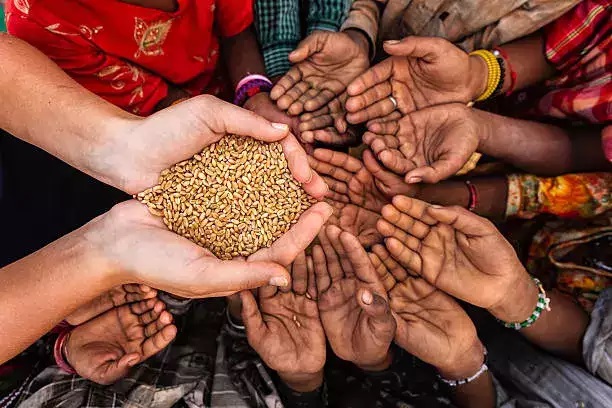
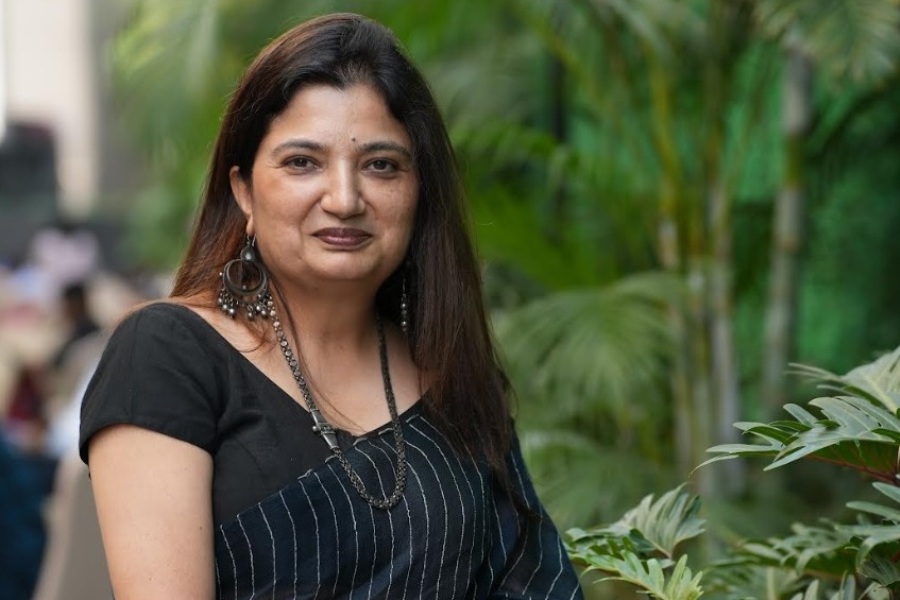
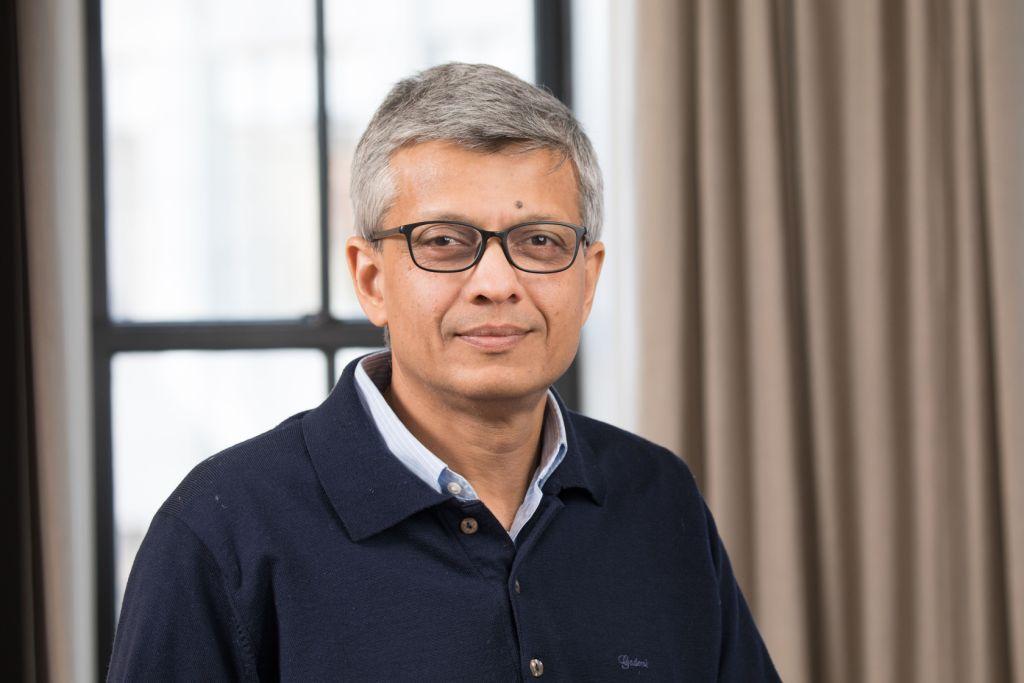
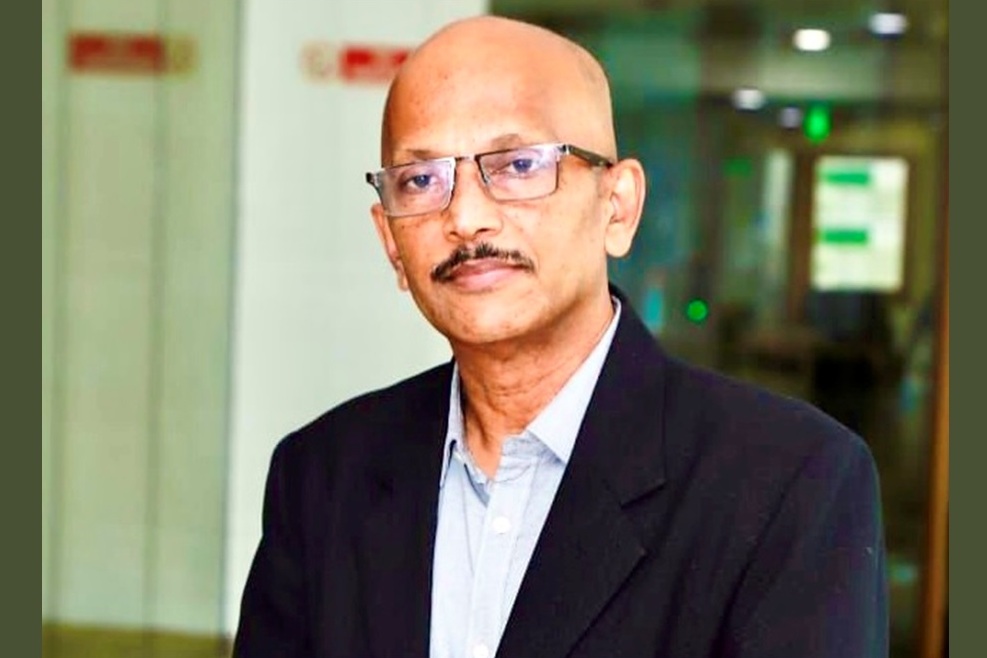
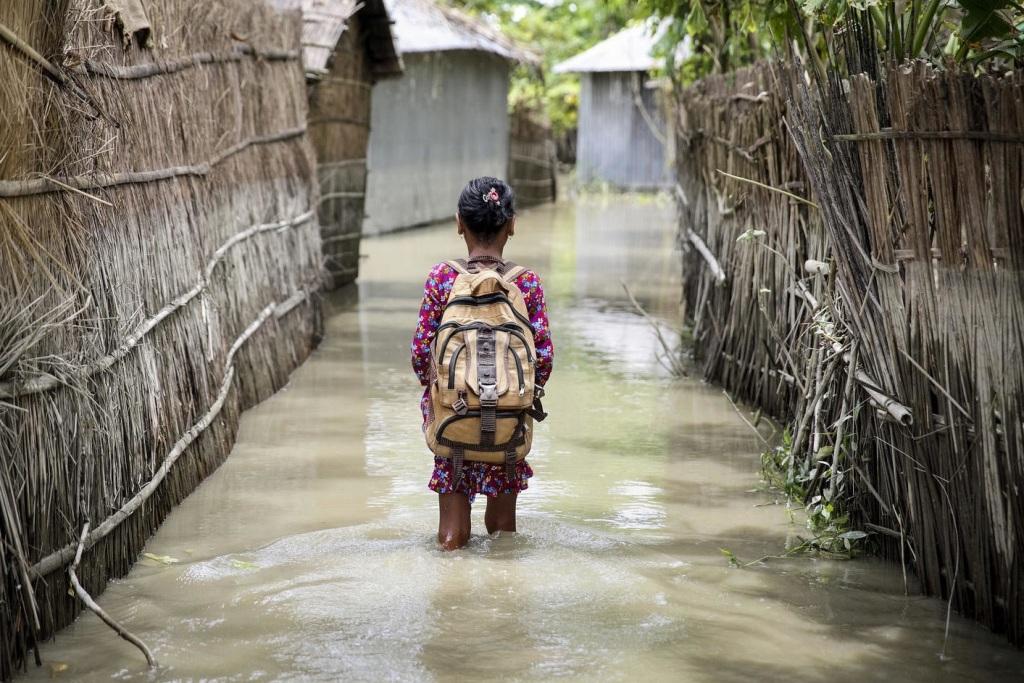


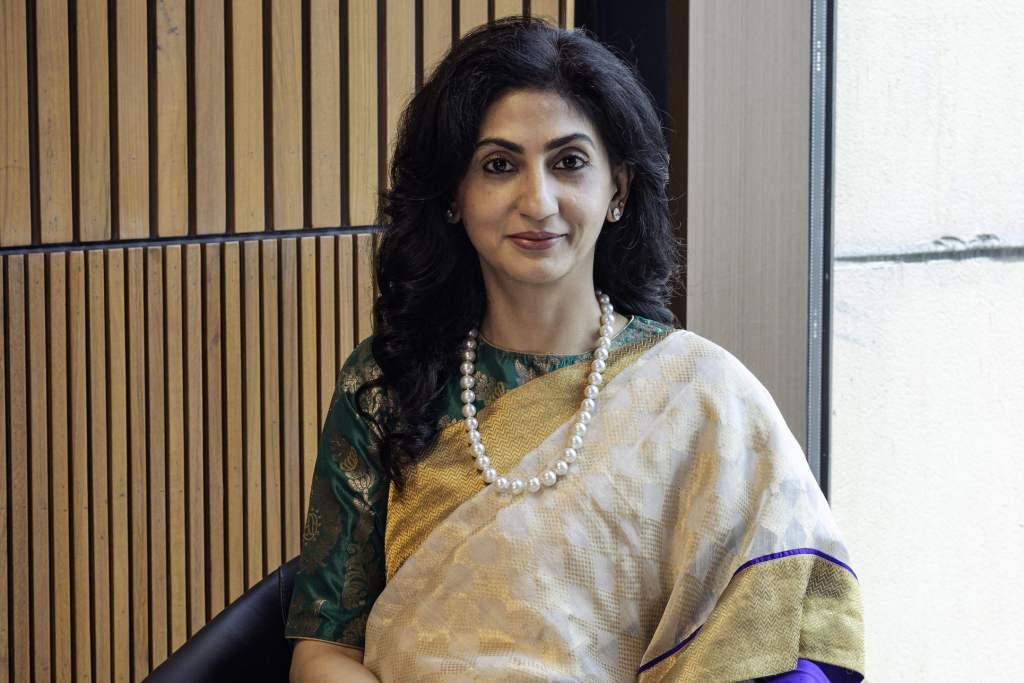






.jpg)




